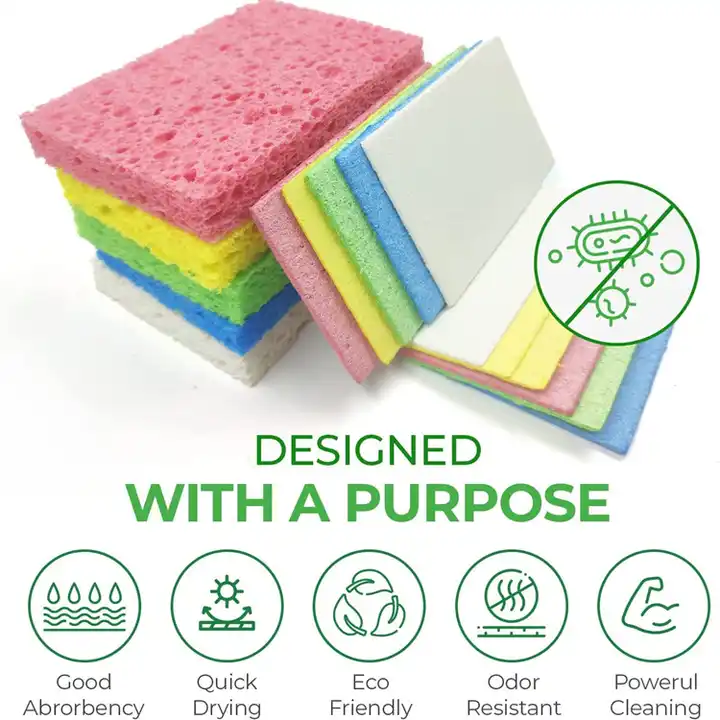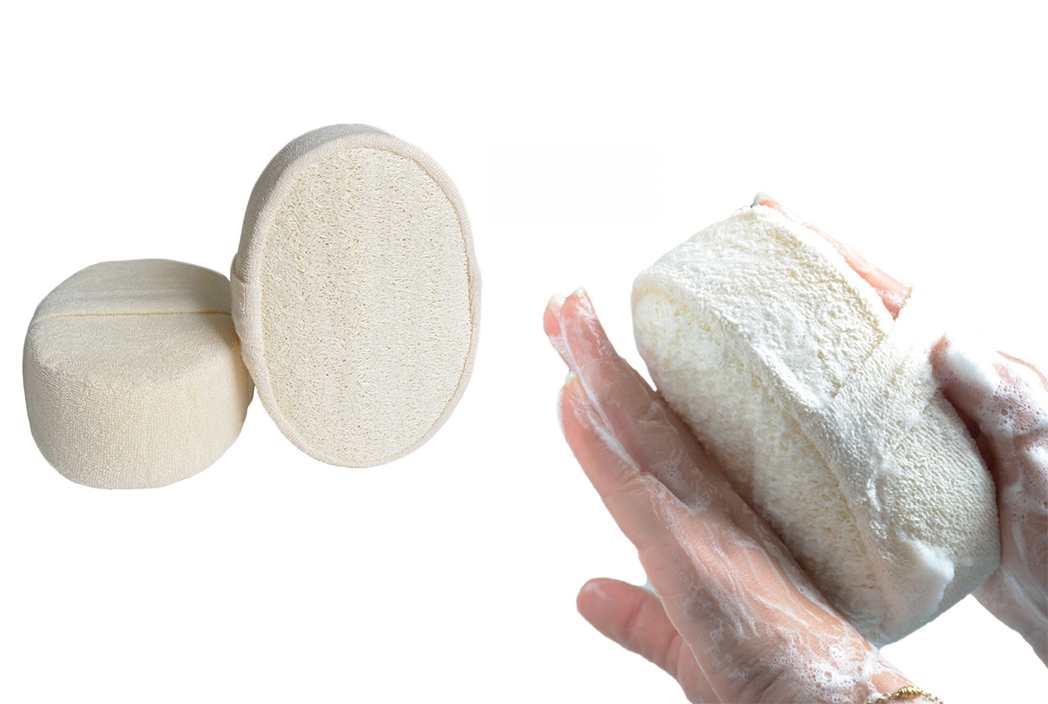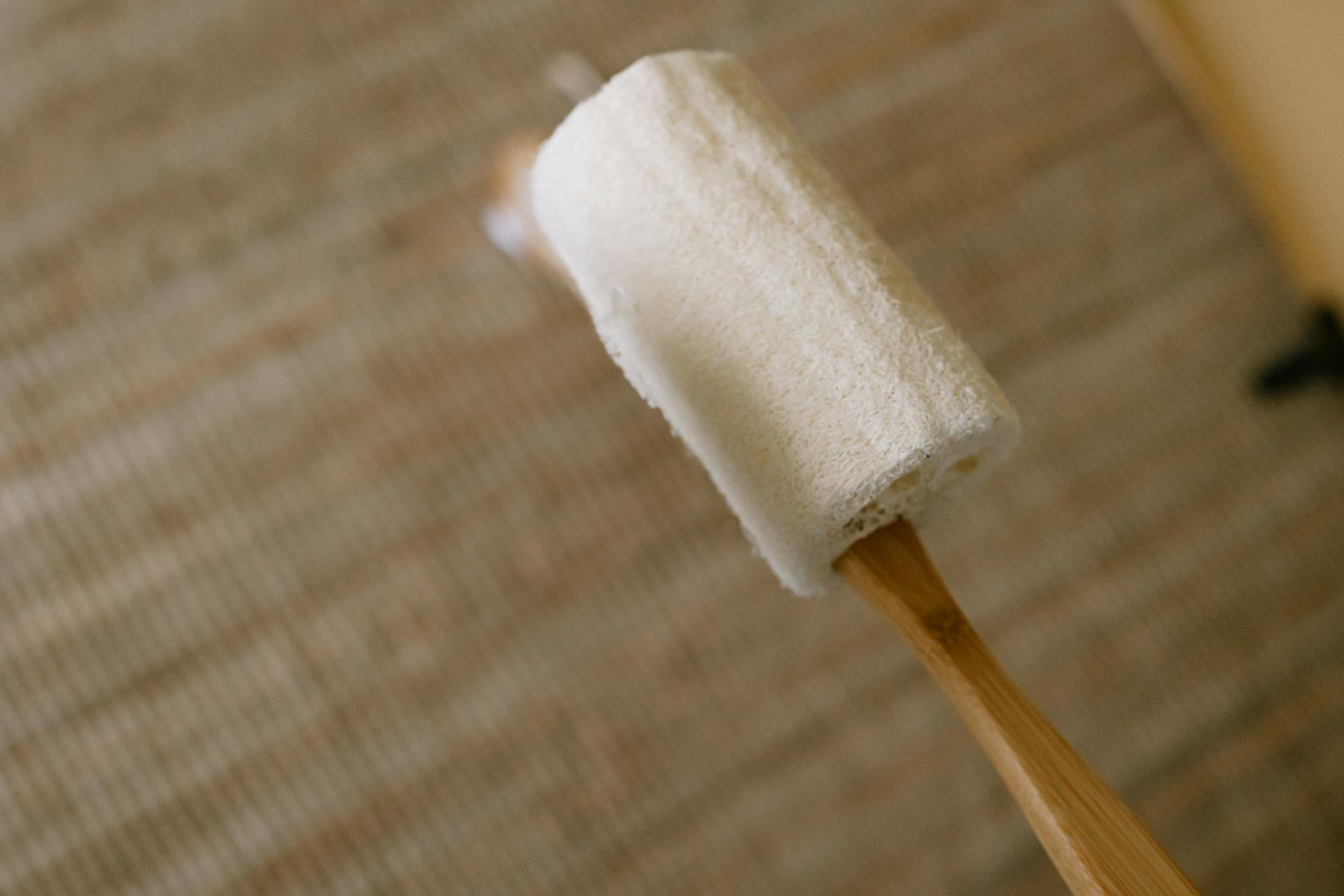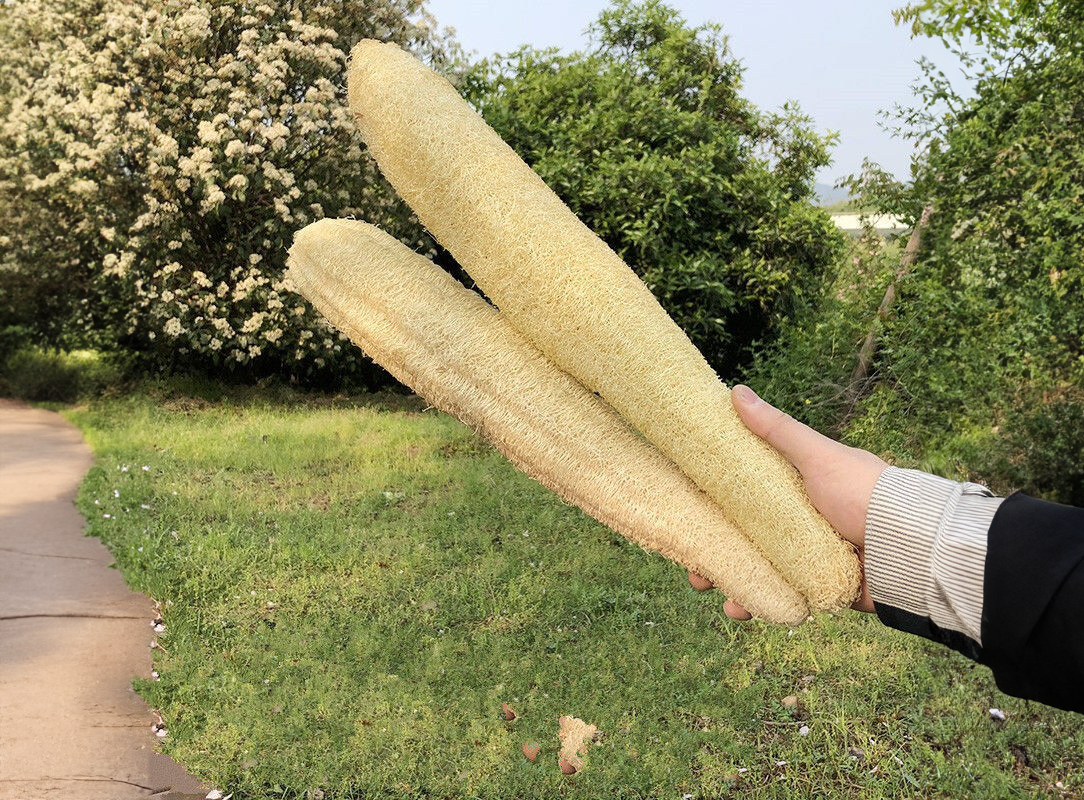1. Introduction to Cellulose Sponges
Cellulose sponges, a staple in cleaning and personal care, offer a natural, eco-friendly option. This article delves into the durability of cellulose sponge sheets, cellulose sponges bulk, and cellulose sponge blocks in everyday use.

2. Factors Affecting the Longevity of Cellulose Sponges
The lifespan of a cellulose sponge sheet or a cellulose sponge block can vary based on several key factors. Material quality plays a crucial role – higher density cellulose sponges bulk tend to last longer. Usage frequency is another critical aspect; daily use will naturally wear sponges out faster than occasional use. Moisture level and cleaning methods also impact longevity. For instance, cellulose sponge sheets kept dry between uses and cleaned regularly can last towards the upper end of their lifespan, which ranges between 4 to 8 weeks for typical household usage.
3. Lifespan Comparison: Bulk Cellulose Sponges and Sponge Blocks
There’s a noticeable difference in the lifespan of cellulose sponge blocks compared to cellulose sponges bulk. The denser structure of sponge blocks offers more durability. In a comparative study conducted in 2023, cellulose sponge blocks showed a 10% increase in lifespan over bulk sponges. This data underscores the importance of considering sponge density when assessing longevity.
| Sponge Type | Average Lifespan (Weeks) |
|---|---|
| Cellulose Sponge Blocks | 6-9 |
| Bulk Cellulose Sponges | 4-8 |
4. Maintenance Tips for Extending Sponge Life
The longevity of cellulose sponges bulk and blocks can be significantly extended through proper maintenance. Regular cleaning, for instance, can prevent the buildup of bacteria and mold, common issues that degrade sponge quality. Air-drying the cellulose sponge sheet after each use also preserves its integrity. Avoiding harsh chemicals and high temperatures will help maintain the sponge’s structure and functionality over time.
5. Environmental Impact of Cellulose Sponges
From an environmental standpoint, cellulose sponge sheets and blocks offer a sustainable alternative to synthetic sponges. These products are derived from natural, renewable resources, and their biodegradability reduces landfill waste. A 2023 environmental impact study highlighted that using cellulose sponges bulk leads to a 60% reduction in non-biodegradable waste compared to using synthetic sponges, making them a greener option for conscious consumers.
| Sponge Type | Reduction in Non-Biodegradable Waste (%) |
|---|---|
| Cellulose Sponges | 60 |
| Synthetic Sponges | 0 |
6. Market Trends and Consumer Preferences
The market for cellulose sponges, including bulk and block formats, has been growing steadily. Sales data from 2023 indicates a 35% increase in the demand for these products, reflecting a broader consumer shift towards sustainable and eco-friendly cleaning solutions. This trend is driven by increased environmental awareness and a preference for products that are both effective and have minimal environmental impact.
| Year | Sales Increase for Cellulose Sponges (%) |
|---|---|
| 2023 | 35 |

7. FAQs on Cellulose Sponges
Q: How often should I replace my cellulose sponge?
A: A typical cellulose sponge sheet or block should be replaced every 4-8 weeks, depending on use and care.
8. Conclusion
Cellulose sponges, available as cellulose sponge sheets, in bulk, or as blocks, offer a sustainable cleaning solution. Their natural composition and biodegradability, coupled with proper maintenance, make them a practical choice for regular use.









